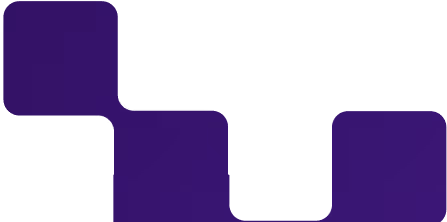Most startups treat Accounts Receivable (AR) as an afterthought. When neglected, it creates a dangerous cycle: late payments pile up, payment terms get messy, and manual processes eat up valuable time. As companies scale and prepare for exits, AR creates bottlenecks that kill cash flow and operational efficiency.
The CHARGE framework solves these challenges. JustPaid co-founders Anelya Grant and Daniel Kivatinos developed it after seeing countless startups struggle with messy financials.
As Anelya explains, “When finance teams have clear answers to every item in the framework, billing becomes seamless and collections align with growth."
Most startups run AR on spreadsheets and manual processes. PDFs pile up, payment tracking gets scattered, and finance teams inherit a mess of custom contracts. This breaks fast at scale. While sales celebrates new deals, finance drowns in complexity - mismatched payment terms, late collections, and revenue slipping through the cracks. I've seen CEOs spend hours every month managing contracts themselves.
Anelya and David created CHARGE to solve the recurring breakdowns they saw in AR during periods of hyper-growth.
The framework structures AR into six core parts:
This transforms AR from a backend process into a structured, efficient operation. No more confusion, no more chaos.

A company with $20M ARR faced a bottleneck in managing contracts and billing. Each sales agent sold unique terms, leading to a fragmented process. Their CEO spent hours every week untangling custom contracts in spreadsheets, manually billing clients, and following up on payments. Contracts were scattered, and billing required hours of review and clarification.
After implementing the CHARGE framework, contracts were uploaded and analyzed automatically using AI. Billing parameters—from payment terms to renewal clauses—were extracted, and invoices were generated with minimal oversight. Billing work dropped from days to minutes.
AI handled the routine stuff, only flagging real issues that needed human attention. Revenue collection shot up. The finance team got their time back. The CEO finally stepped out of the billing process, shifting focus back to scaling the company.
AI can supercharge your AR process—but only if you establish a solid foundation first. Organizing your AR through the CHARGE framework creates the perfect setup for automation.
AI excels at the repetitive tasks that drain your team's time and energy. These tasks can be handled faster and more accurately, reducing errors while freeing up time for strategic work. Alongside the CHARGE framework, tools like Puzzle help finance teams maintain accuracy while streamlining processes, and automating routine tasks like tracking payment terms and schedules. Your finance team stays in control, but now they can focus on what matters.
Beyond just automating busy work, modern AI tools can surface actionable insights that help finance teams prevent fires early.
Buyers dig deep into your financial processes during acquisitions. Clean, predictable AR tells them you run a tight ship and can scale efficiently. It proves you've eliminated operational risks. By adopting CHARGE early, you gain more leverage in exit negotiations.
Messy AR does the opposite. A lack of structure suggests deeper operational issues - if buyers see basic financial chaos, they will start questioning everything.
Audit your current AR processes - are they scalable?
Here’s a quick checklist to find out:
If you’re unsure or answered "no" to any of these, it’s time to rethink your AR approach. This process should be your strategic asset, not a liability. Whether you're scaling fast or preparing for an exit, strong AR processes set your company apart.
Follow the CHARGE framework and fine-tune the process with your team. Check out the full episode of the Turpentine Finance podcast for more details!





